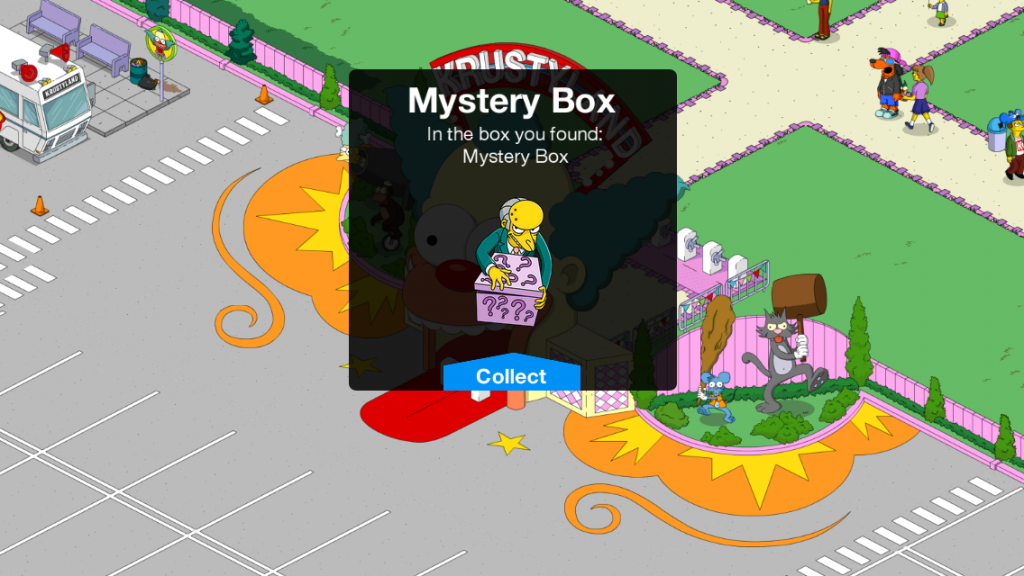
Hard to believe it’s already been two weeks since my parents were here on their possibly final trip to Japan. As is true for most, everyday life is a struggle, lesson in humility, and trial of patience. I do enjoy non-Western life here, but something about having my parents here–the people who raised me, taught me English in the first place; and being able to communicate frankly, directly, and naturally while enjoying the comfort and support of family–was refreshing and feels like it reset my perspective on life. A little outside perspective really does wonders from time to time since it can be far too easy to fall victim to routines and the petty issues of daily living.
That said, I’ve come to wonder whether my time in this place has become an hourglass with countable grains of sand poised over the inevitable aperture. A telling dream the other night has stuck with me. While it’s been nearly two decades since my last dream interpretation session with classmates in a high school biology class, a bit of introspection might reveal something my subconscious wishes to express.
The dream takes place in the dining area of some family house; perhaps MY house, perhaps my parents’ house. I’m enjoying a meal with some generic friends and…oh yeah, Johnny Depp. He hands me a fancy shirt and demands I change immediately. Once begun, the meal is interrupted by a certain executive from my workplace, though he appears 35 years younger, dressed like a suburban hip-hop fan from the 1990s. Not sure why he was even recognizable in this form, unless it was his trademark carefree and whimsical words, but he was. He seemed to be taunting me; pushing buttons either to rub my nose into some inadequacy or perhaps prod me into taking action where I might have otherwise been inert.
I put on the fancy shirt and suddenly found myself soaring above the clouds, but slightly losing altitude. As I took in the incredible view, I noticed a turtle below me, also falling, but every few seconds flipping itself side-over-side to keep aloft. Hrm.
Looking at it through the lens of my personal circumstances, everything takes on a specific meaning. Without spelling it all out, the changing of a shirt in the presence of a company man to something fancy like I used to wear, and then appearing to fly alongside the impossibility of an airborne turtle who defies all expectations and found freedom instead of remaining tethered to the ground…yeah, there are parallels to my life right now, and potential future.
At least I can enjoy these rad headphones while everything unfolds. Maybe it’s time to start dreaming of the new Infiniti Q60 coupe as well..









